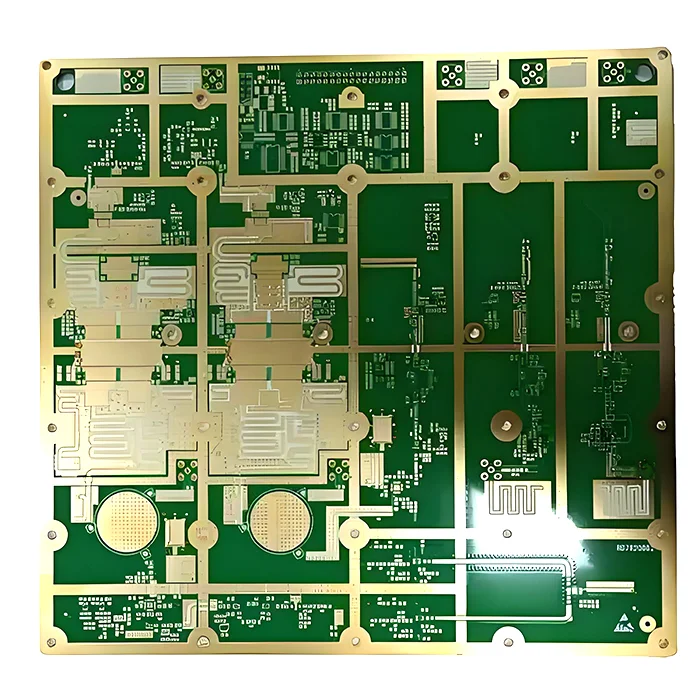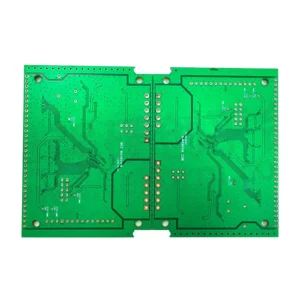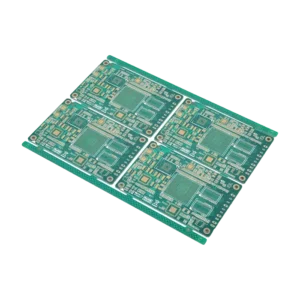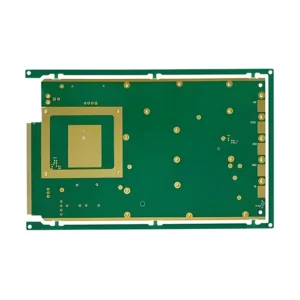FR4 Tg135 PCB
$17.90
FR4 Tg135 PCB is a standard-grade FR4 PCB with a glass transition temperature(Tg) of 135℃. It is cost-effective and possesses sound thermal insulation and processability, making it feasible for most consumer electronics, industrial control applications at medium and low temperatures.
Shipping fee and delivery date to be negotiated. Send inquiry for more details.
Your payment information is processed securely. We do not store credit card details nor have access to your credit card information.
Claim a refund if your order is missing or arrives with product issues, our support team would deal with your refund within 24 hours.
| Layer Counts | 4L |
| Base Material | FR4 |
| Board Thickness(mm) | 1.6mm |
| Max board size(mm) | 570*850mm |
| PCB size tolerance | ±0.2mm |
| Min. Hole Size | 0.15mm |
| Min. Line Width | 4mil |
| Copper Weight | 2oz |
| Surface Finish | ENIG |
| Certificate | ISO9001, ISO13485, IPC610, UL |
 FR4 Tg135 PCB
FR4 Tg135 PCB
| 5 star | 0% | |
| 4 star | 0% | |
| 3 star | 0% | |
| 2 star | 0% | |
| 1 star | 0% |
Sorry, no reviews match your current selections
Questions & Answers
1. What is your lead time?
1-2 days. We have our own warehouse and stock in large quantities.
2. What quality certifications do you have?
We have certified UL, ISO, RoHS, IPC, etc.
3. What does ‘Tg135’ mean?
Tg(glass transition temperature) refers to the maximum temperature that the FR4 substrate can stay rigid, but not start to transition from a rigid state to a rubbery state. Here, Tg is 135℃, meaning the PCB substrate will soften at 135℃, so we need to choose FR4 Tg based on concrete applications.
4. What are the differences between FR4 Tg135 and standard FR4?
FR4 Tg135 is within the Tg temperature range of standard FR4(typically Tg130-140°C). Tg135 offers slightly better thermal stability but still struggles in high-heat temperatures like automotive applications. Standard FR4 is the most basic choice, and FR4 Tg135 is a mid-range choice.
5. Can FR4 Tg135 PCB be used for lead-free soldering?
Yes, but not recommended. Though Tg135 PCB can be acceptable in theory, its Td(decomposition temperature) often falls below 300°C, which is dangerously close to the lead-free soldering peak temperature(260–280°C). This proximity may cause the risk of thermal degradation, warping, and delamination.
6. Should I choose HASL or ENIG for surface treatment?
It depends on your actual needs. HASL costs less and is more suitable for general soldering, and ENIG has a flatter pad, making it more suitable for fine-pitch components or RF circuits.
7. Can I customize a 12-layer FR4 Tg 135 PCB?
Yes, we support your custom need, but not recommended. The laminates of Tg135 with >10 Layers may delaminate under repeated high-temperature cycling. If you want FR4 Tg PCB over 12 layers, you can choose our Tg170+ as a base material.







